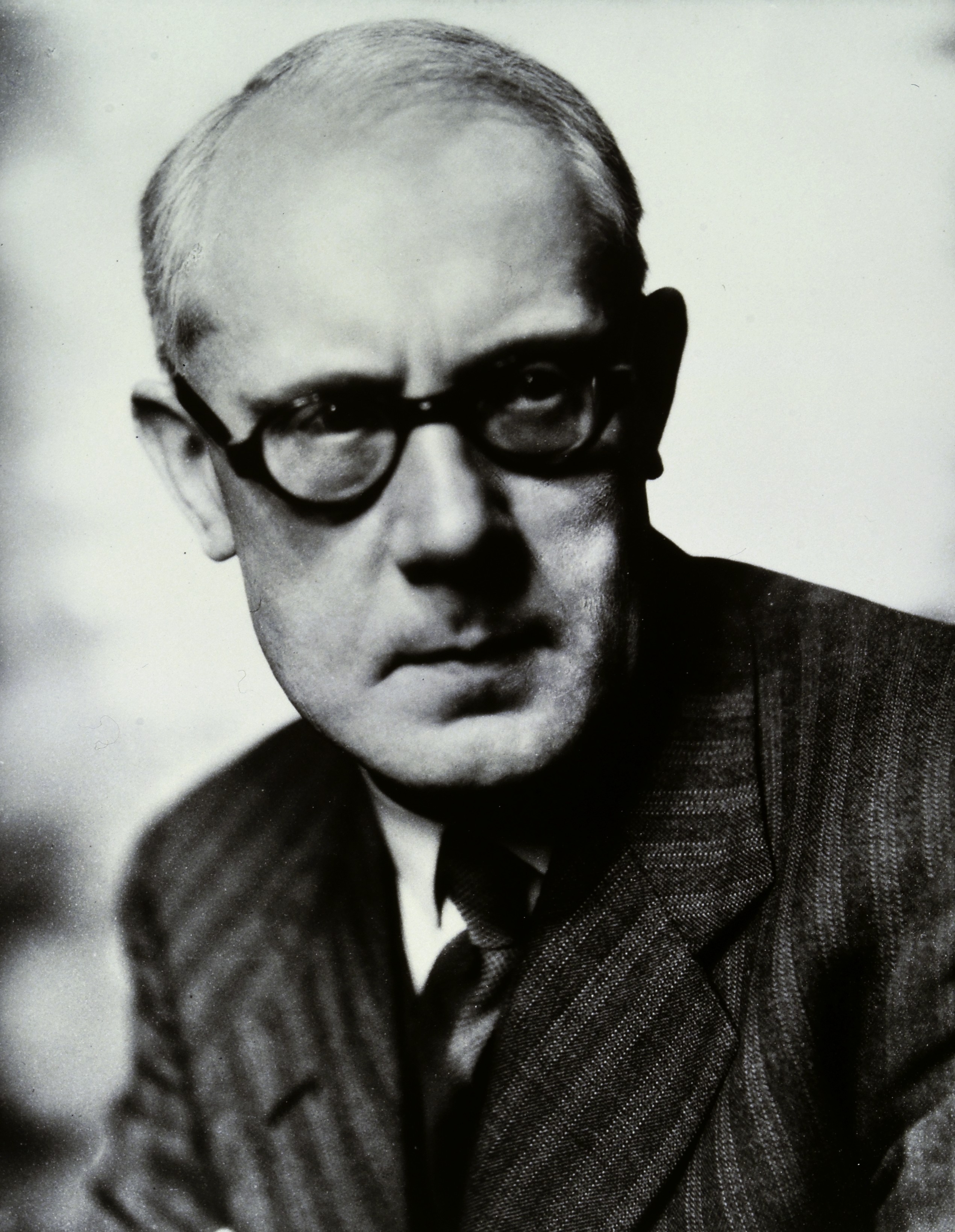Wilson Smith (microbiologist) on:
[Wikipedia]
[Google]
[Amazon]
 Wilson Smith (21 June 1897, Great Harwood at Blackburn; – 10 July 1965,
Wilson Smith (21 June 1897, Great Harwood at Blackburn; – 10 July 1965,
 Wilson Smith (21 June 1897, Great Harwood at Blackburn; – 10 July 1965,
Wilson Smith (21 June 1897, Great Harwood at Blackburn; – 10 July 1965, Woolton Hill
Woolton Hill is a village in Hampshire, England, in the civil parish of East Woodhay. The village lies approximately south-west of the centre of Newbury and encompasses the hamlet of Broad Layings on its northern edge.
History
The area was ...
at Newbury) was a British physician, virologist and immunologist. He was part of the group that first isolated the influenza virus and developed one of the first vaccines against influenza
Influenza, commonly known as "the flu", is an infectious disease caused by influenza viruses. Symptoms range from mild to severe and often include fever, runny nose, sore throat, muscle pain, headache, coughing, and fatigue. These symptoms ...
.
When Wilson Smith was ten years old, his father died and his mother took care of the four children alone. During his last year of secondary school at the Accrington Grammar School, he also taught at Great Harwood Elementary School. From 1915 to 1919 he served in France and Belgium as a private in the R.A.M.C.
The Royal Army Medical Corps (RAMC) is a specialist corps in the British Army which provides medical services to all Army personnel and their families, in war and in peace. The RAMC, the Royal Army Veterinary Corps, the Royal Army Dental Corps ...
's 107th Field Ambulance. From 1919 he studied medicine at the University of Manchester with degree qualification as both physician and surgeon (M.B., Ch.B.) in 1923. He was for two years a physician practising clinical medicine in Manchester and worked for one year as a ship's doctor aboard a Blue Funnel Line cargo ship. He then studied bacteriology, graduating with a higher medical degree (M.D.) in 1927. He went into research and led a virus research group at the Medical Research Council in Hampstead
Hampstead () is an area in London, which lies northwest of Charing Cross, and extends from Watling Street, the A5 road (Roman Watling Street) to Hampstead Heath, a large, hilly expanse of parkland. The area forms the northwest part of the Lon ...
in north London. There in 1933 he, in collaboration with Christopher Andrewes
Sir Christopher Howard Andrewes (7 June 1896 – 31 December 1988) was a British virologist who discovered the human influenza A virus in 1933.
Education
Andrewes was educated at Highgate School and later studied medicine at St Bartholome ...
and Patrick Laidlaw
Sir Patrick Playfair Laidlaw (26 September 1881 – 20 March 1940) was a Scottish virologist.
Biography
Laidlaw was born in Glasgow, the son of Robert Laidlaw, M.D., at that time Superintendent of the Glasgow Medical Mission. He was educated a ...
, succeeded in isolating human influenza A virus
''Influenza A virus'' (''IAV'') causes influenza in birds and some mammals, and is the only species of the genus ''Alphainfluenzavirus'' of the virus family ''Orthomyxoviridae''. Strain (biology)#Microbiology or virology, Strains of all subtypes ...
and transferring it to ferret
The ferret (''Mustela furo'') is a small, Domestication, domesticated species belonging to the family Mustelidae. The ferret is most likely a domesticated form of the wild European polecat (''Mustela putorius''), evidenced by their Hybrid (biol ...
s. In 1936 Frank Horsfall
Frank Lappin Horsfall, Jr. (Seattle, December 14, 1906 – New York City, February 19, 1971) was an American microbiologist specializing in pathology. He worked at the Rockefeller Institute, New York, from 1934 to 1960 and in the early 1950s ran ...
, Alice Chenoweth, and colleagues developed, in mouse lung tissue, a live influenza virus vaccine.
In 1939 Smith became a professor of bacteriology at the University of Sheffield and in 1946 a professor at the University College Hospital Medical School
UCL Medical School is the medical school of University College London (UCL) and is located in London, United Kingdom. The School provides a wide range of undergraduate and postgraduate medical education programmes and also has a medical educati ...
at the University of London. He retired from the U.C.H. Medical School in 1960 but continued to do research at the Microbiological Research Establishment in Porton Down.
Smith was also instrumental in the introduction of polio vaccination in the UK and headed the Medical Research Council's Biological Research Board.
Smith was elected in 1949 a fellow of the Royal Society in and in 1959 a fellow of the Royal College of Physicians, whose Bose Prize he received in 1959. He was in 1957 the Leeuwenhoek Lecture
The Leeuwenhoek Lecture is a prize lecture of the Royal Society to recognize achievement in microbiology. The prize was originally given in 1950 and awarded annually, but from 2006 to 2018 was given triennially. From 2018 it will be awarded bienni ...
r of the Royal Society (''Virus-Host Cell Relationships'') and in 1960 the Royal Society's vice-president. In 1960 he received the Graham Gold Medal from the University of London.
As a hobby, he played his violin in string quartets with friends. He married the bacteriologist Muriel Mary Nutt in 1927. Upon his death he was survived by his widow and their two married daughters.
His brother George was Lecturer
Lecturer is an List of academic ranks, academic rank within many universities, though the meaning of the term varies somewhat from country to country. It generally denotes an academic expert who is hired to teach on a full- or part-time basis. T ...
in mycology at the London School of Hygiene and Tropical Medicine and his brother Howard was lecturer in theology at the University of Manchester.
References